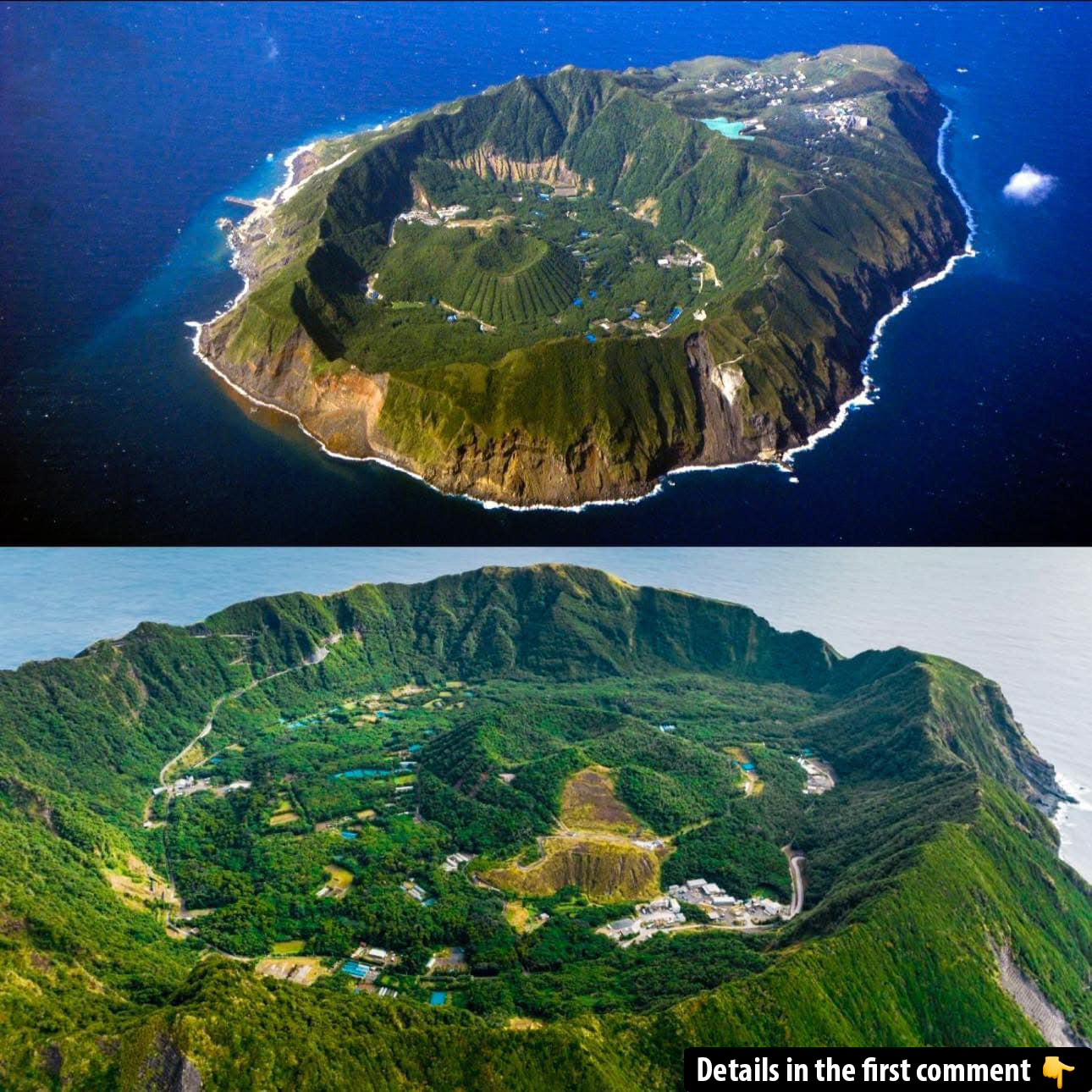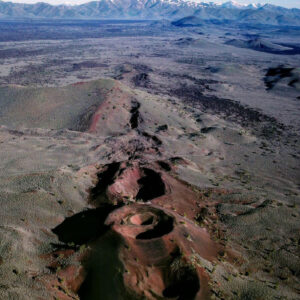Perched in the remote corner of the Pacific Ocean, Aogashima stands as a testament to the resilient power of nature and the quiet, steadfast lives of those who call it home. This small volcanic island, located about 350 kilometers south of Tokyo, is a place where time seems to move slower, and life is intimately connected with the forces of nature that have shaped it. Aogashima’s geography, culture, and history combine to make it one of Japan’s most intriguing and peaceful destinations. In this article, we will journey through the island’s stunning volcanic landscape, rich history, and how the locals continue to thrive in one of the most isolated places on Earth.
Geographical Wonder: The Volcano Within a Volcano
Aogashima’s most captivating feature is its dramatic volcanic landscape. The island itself is a product of volcanic eruptions that have shaped it into a unique structure: a volcano within a volcano. The island’s central caldera, a massive volcanic crater, is surrounded by steep cliffs made of volcanic deposits. Inside this caldera lies a smaller, active volcano, known as the Maruyama volcano. This natural formation creates an almost surreal setting, with jagged cliffs rising out of the ocean, surrounded by the pristine beauty of nature.
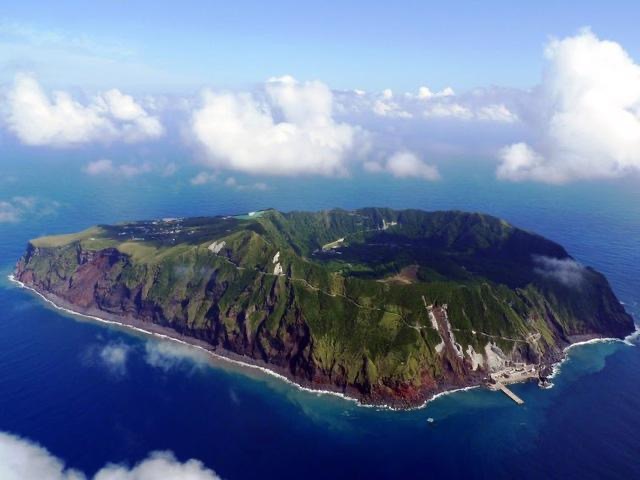
At just 9 square kilometers in size, Aogashima is small but mighty. The island’s towering cliffs and its inner volcanic landscapes make it a visually stunning place to visit, even if it remains largely untouched by mass tourism. The people of Aogashima have adapted to life within this dramatic environment, using geothermal energy and natural resources in ways that are unique to the island.
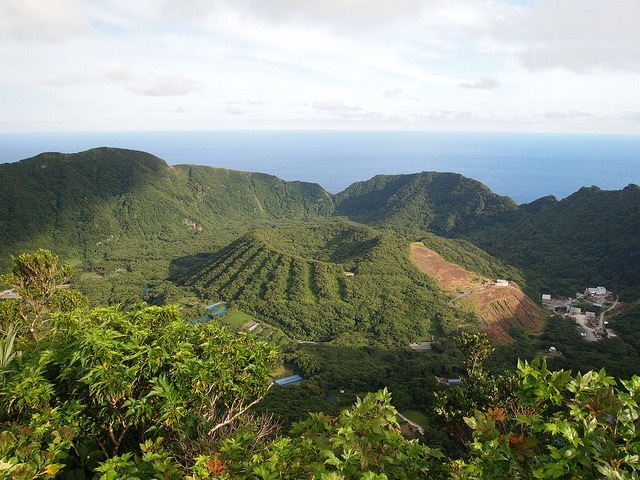
Video
Watch this full video to experience the enchanting Aogashima Island in Tokyo, uncovering its hidden beauty and the life of its small community.
A History Carved by Eruptions
The history of Aogashima is intimately tied to its volcanic nature. While the island has not erupted since the last major eruption in 1780, it remains an active volcano, classified as a type C volcano by the Japan Meteorological Agency. This designation means that although it is not constantly erupting, there is still a risk of future eruptions.
The eruption of 1780, which tragically claimed the lives of half the island’s population, left a deep mark on the island’s history. After the eruption, the survivors were forced to relocate, and it wasn’t until 50 years later that people began to return. Today, the island’s population hovers around 200 people, and their lives continue to be shaped by the potential volatility of their home.
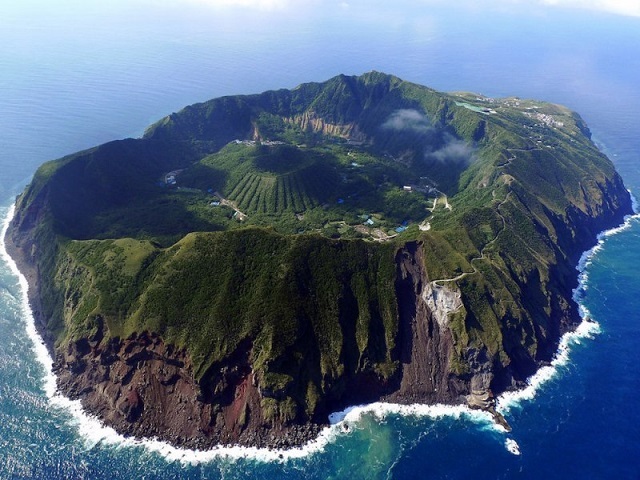
Despite the risks, the people of Aogashima have a deep connection to the land and sea, relying on geothermal energy and the island’s volcanic environment for daily life. This resilience in the face of natural forces is a defining feature of the island’s history and culture.
Reaching Aogashima: A Journey of Isolation
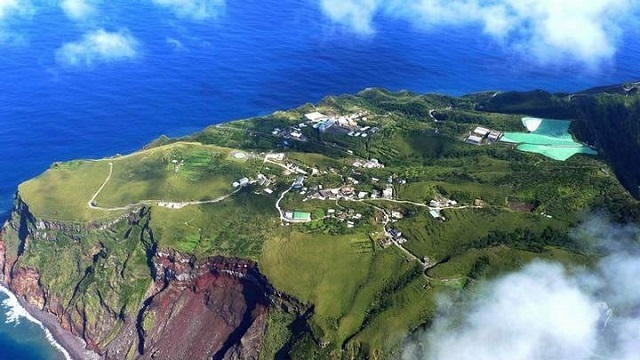
Getting to Aogashima is no simple task, which only adds to the island’s mystique. Visitors must either take a helicopter from the nearby island of Hachijojima or brave the challenging sea voyage. The journey by boat is notoriously difficult due to the strong currents of the Kuroshio Current, which makes docking a challenge. The island lacks a true harbor, and the only dock available can only handle smaller ships, making access during rough weather nearly impossible.
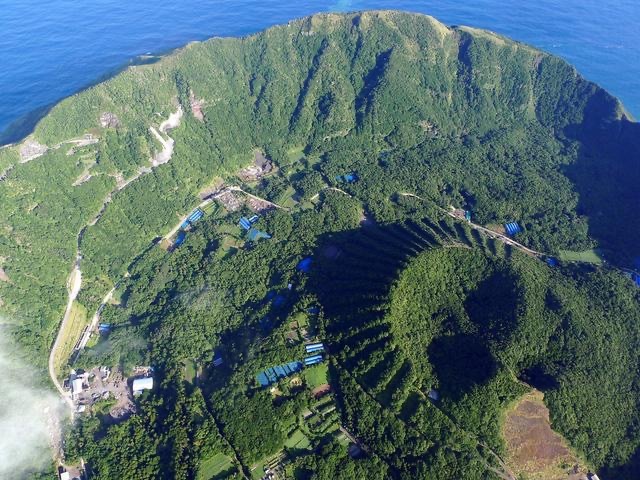
Helicopter flights, which were introduced in 1993, provide a more reliable means of transportation, though they are limited to just nine passengers per flight. The flights are weather-dependent, and poor visibility due to fog or storms often results in canceled flights, making Aogashima one of the most isolated destinations in Japan.
Once on the island, visitors are immediately greeted by its serene beauty. There are no bustling tourist attractions, just the simplicity of nature and a few humble village buildings. This isolation is part of Aogashima’s charm, offering travelers the chance to disconnect from the modern world and embrace the peaceful rhythm of island life.
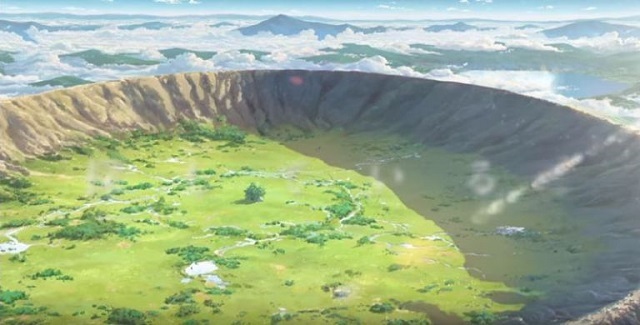
Living in the Shadow of a Volcano
Life on Aogashima is not for the faint of heart. The island’s population has learned to adapt to its volcanic surroundings, harnessing the island’s geothermal resources for cooking and heating. The villagers use natural hot springs for bathing, and the island’s unique geothermal energy is also utilized for cooking, such as boiling potatoes and vegetables in the volcanic heat.
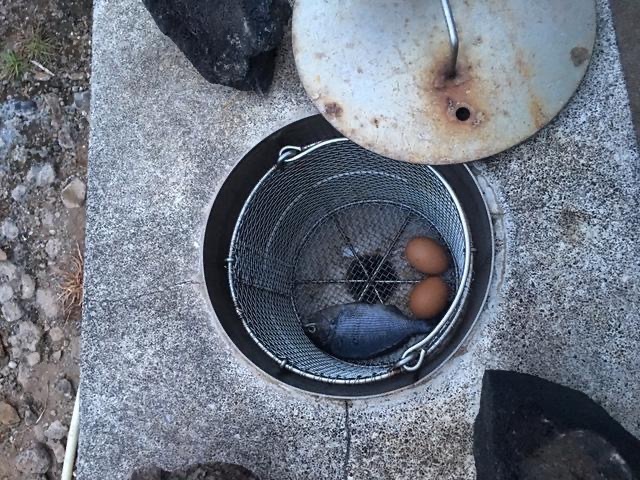
The residents of Aogashima also make use of the island’s geothermal energy for power, with a small geothermal plant that serves the local community. This sustainable approach to energy use is a reflection of the islanders’ close connection with the land, as they depend on it not only for their livelihoods but for their daily survival.
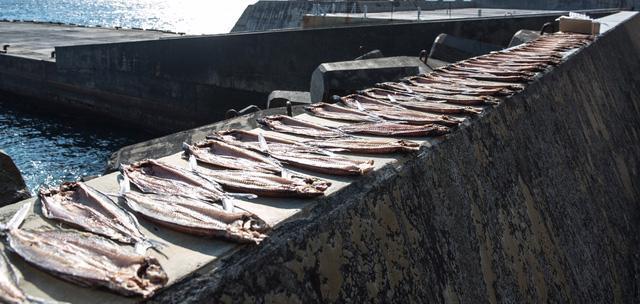
Despite the isolation, Aogashima has a well-established sense of community. The island has its own school, where just 25 students attend the only high school on the island. When students reach the age of 15, they are sent to the mainland to continue their education, further contributing to the island’s decreasing population. The island’s residents live simple, yet fulfilling lives, relying on each other and the land to survive in this harsh, yet beautiful, environment.
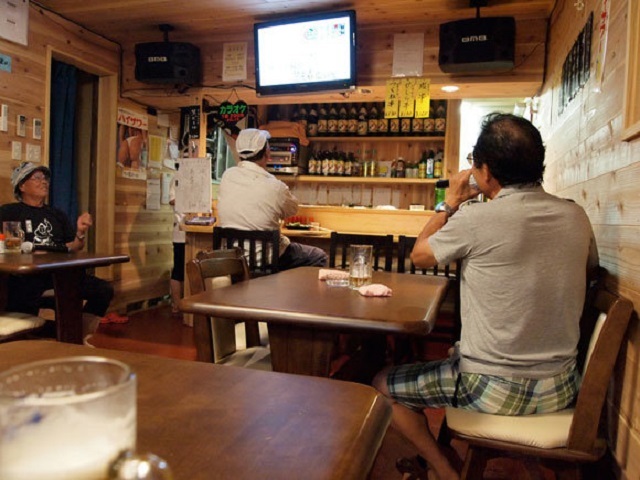
The Natural Hot Springs: Harnessing Geothermal Energy
One of the most unique aspects of life on Aogashima is its use of geothermal energy. The island’s natural hot springs are not just for leisure but are essential to the daily life of the people who live there. The central area of the island features a public hot spring bathhouse, where both locals and visitors can soak in the healing waters of the volcanic springs. The mineral-rich waters are said to have therapeutic properties, adding to the island’s allure as a place of healing and tranquility.
In addition to the hot springs, Aogashima also offers visitors the opportunity to cook using the island’s geothermal energy. Special cooking areas are set up where people can prepare meals using the steam from the volcano, such as boiling vegetables, eggs, and even baking bread. This unique way of cooking, powered by the very earth beneath them, provides a tangible connection to the island’s volcanic nature.
Salt Production: A Local Tradition at the Volcano’s Mouth
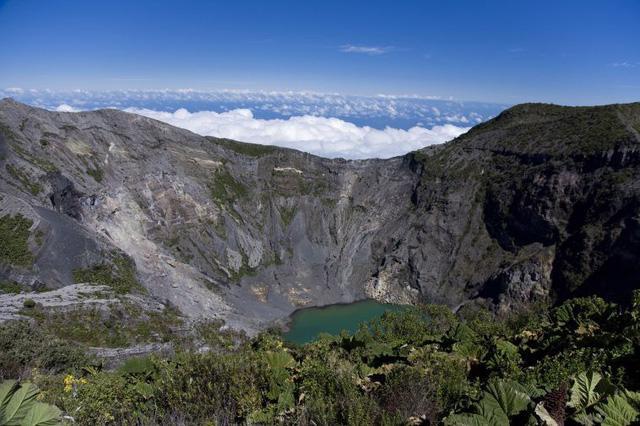
Another fascinating aspect of Aogashima is its salt production, which takes place right at the mouth of the volcano. The island’s residents harvest sea salt from the rich Kuroshio current, using the natural geothermal heat to crystallize the salt over a period of weeks. This artisanal salt, known for its mineral-rich properties, is used in many traditional Japanese dishes and is highly prized for its quality.
Visitors to the island can take a tour of the salt production process, learning about the ancient methods that have been passed down through generations. The production of salt at Aogashima is not only a vital industry for the islanders but also a reflection of the island’s resourcefulness and self-sufficiency.
A Tranquil Escape: Activities and Attractions on Aogashima
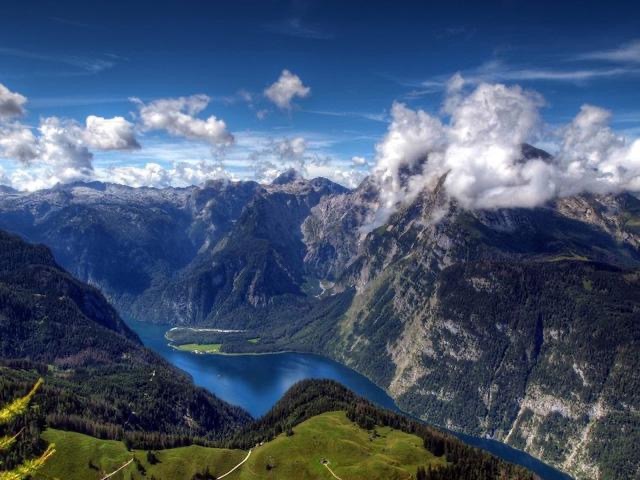
While Aogashima is not a typical tourist destination, it offers a wealth of natural beauty and activities for those seeking peace and solitude. The island’s lush greenery, dramatic volcanic landscape, and pristine beaches provide the perfect setting for hiking, birdwatching, and stargazing. With very little light pollution, Aogashima’s night skies are perfect for stargazing, allowing visitors to experience the beauty of the Milky Way and countless constellations in their purest form.
Aogashima’s quiet environment is ideal for those who want to escape the hustle and bustle of modern life. Visitors can relax on the beach, enjoy the tranquility of the island, and explore its many hidden corners. The island’s untouched beauty and isolation offer a rare opportunity to connect with nature and find inner peace.
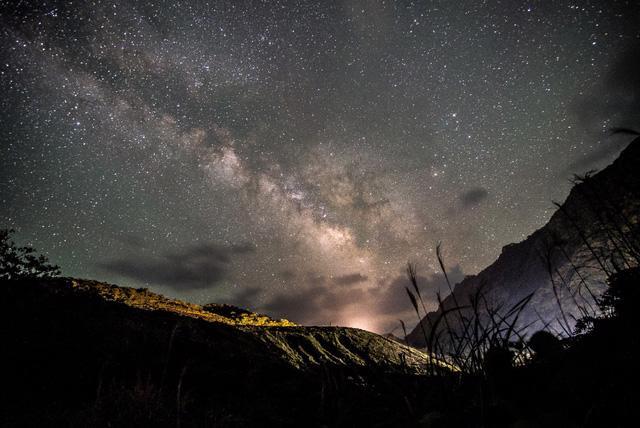
More photos of Aogashima
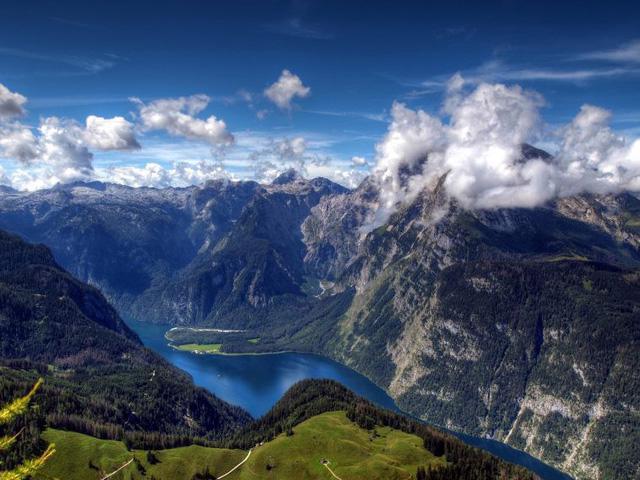

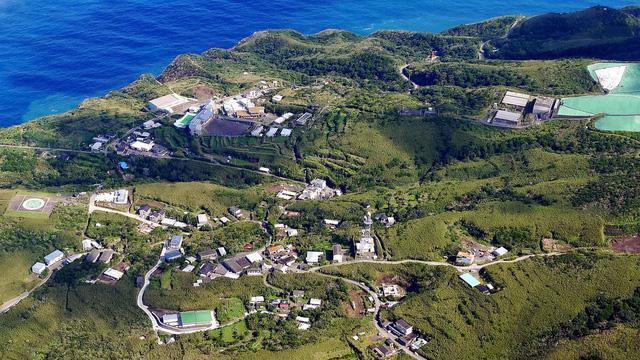
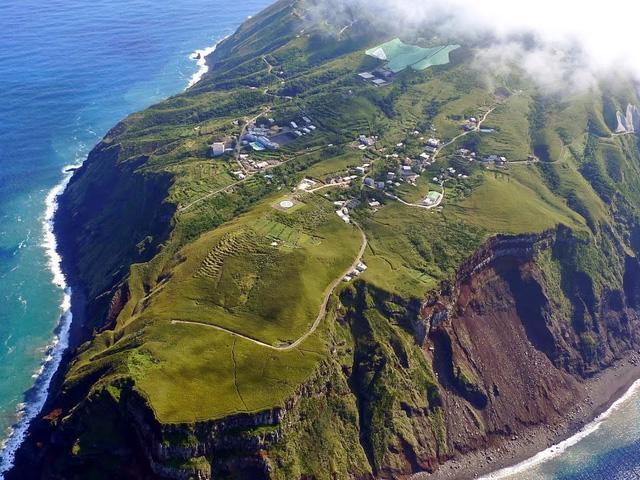
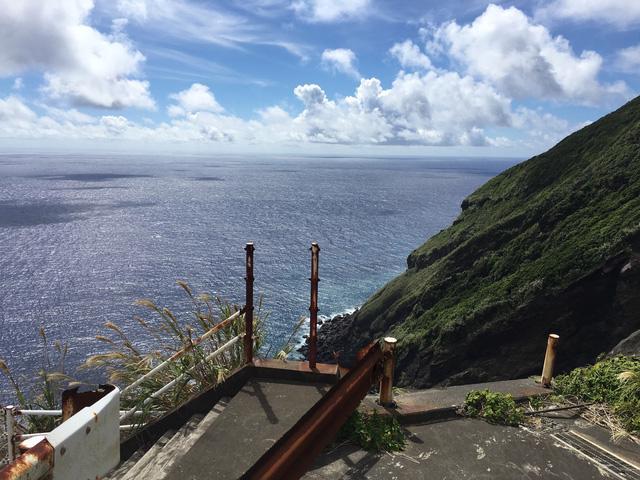
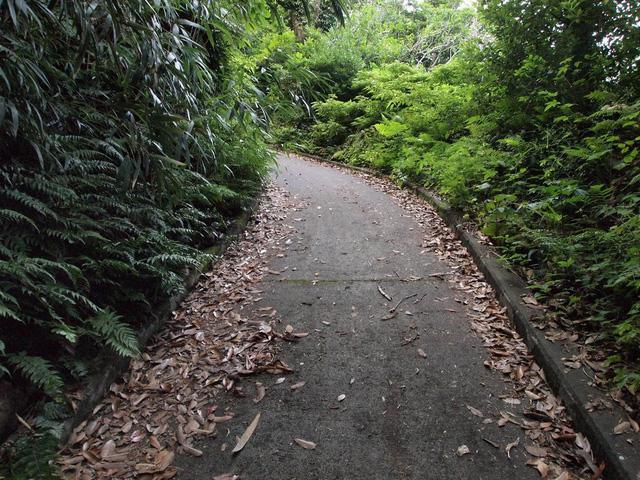
Video
Tune into this video to explore Aogashima, Japan’s smallest inhabited island, and discover its unique charm and breathtaking landscapes.
Conclusion: Aogashima’s Timeless Allure
Aogashima may be difficult to reach, but it is precisely this isolation that makes it such a special destination. With its rich volcanic history, unique geothermal features, and tranquil environment, Aogashima offers a rare opportunity to experience the raw beauty and power of nature. The island’s small but resilient community, who live in harmony with the land and its volcanic forces, are a testament to the human ability to adapt to even the most challenging environments. For those seeking solitude, adventure, and a connection to nature, Aogashima remains a hidden gem—a place where time seems to stand still, and the world outside feels a million miles away.
